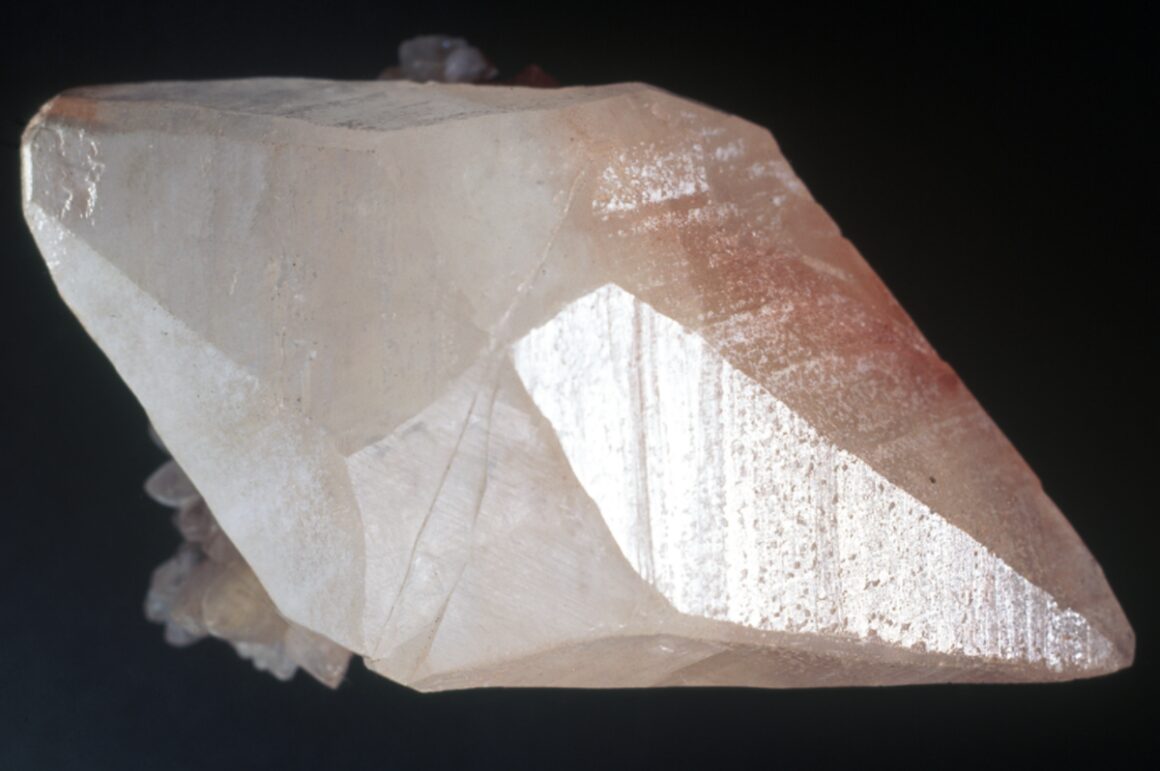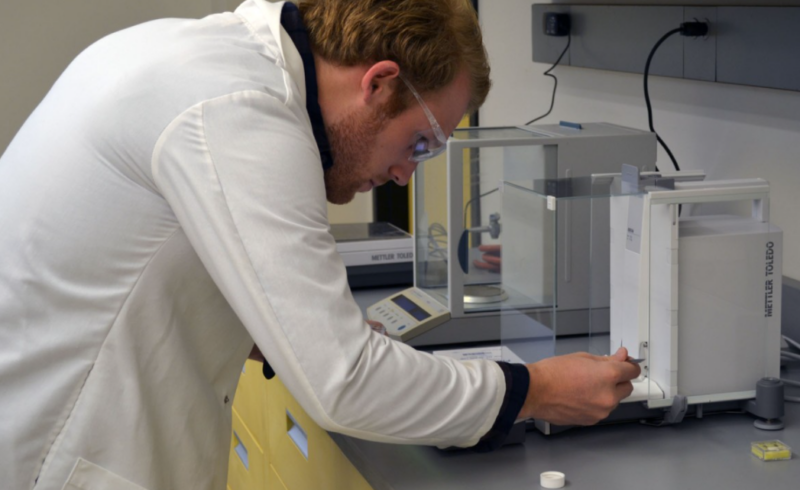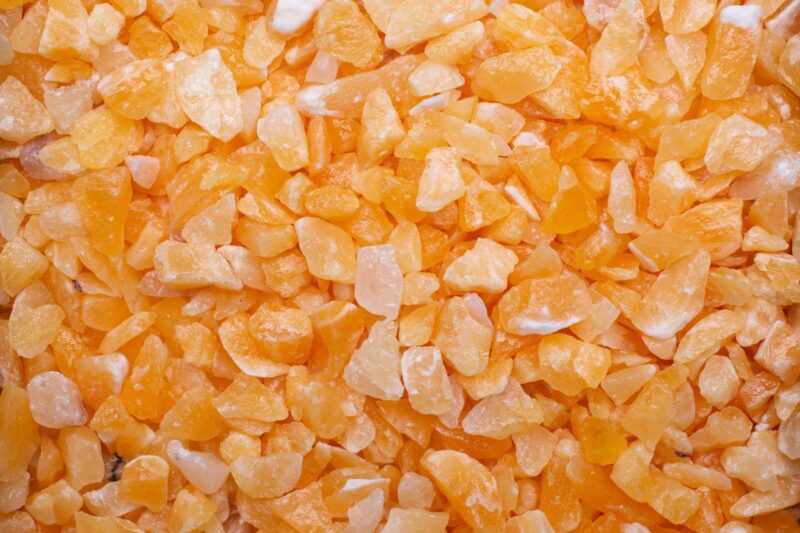Real calcite is a one-of-a-kind mineral with distinct characteristics that set it apart from fake calcite. Real calcite is a very widespread mineral. It may be found in a variety of rocks and environments, including both metamorphic and igneous rocks. Because calcite is so popular, most instances of synthetic fakes do not even attempt to look like real calcite.
Calcites are also popular in the realm of gemstones. Genuine calcite may be cut into a variety of shapes and sizes for use in jewelry. Calcite is also used as an additive in a number of industries, including construction and agriculture.
How to Tell Real From Fake Calcite

When trying to determine if calcite is real or fake, there are a few key characteristics to look for. Real calcite has several characteristics that set it apart from other minerals. Real ones have three cleavage planes and no right-angle cleavage, which means it will always appear to be rhombohedral rather than cubic. Calcite reacts strongly with hydrochloric acid and milder acids like vinegar.
Color
First, check the overall color of the specimen. Real ones are typically white or colorless, but they can also be blue, green, yellow, orange, red, pink, brown, or black. Fake ones are often dyed or artificially colored to imitate genuine specimens.
Clarity
Next, examine the clarity of the calcite. Real ones are transparent to translucent, meaning you should be able to see through it somewhat. Fakes are often opaque, meaning you cannot see through them at all.
Crystal Habit
Another way to tell real from fake is by examining the crystal habit. Genuine ones typically form in well-formed crystals with a distinct shape. Fake calcite is often made up of smaller, less-perfect crystals that do not have a distinct shape.
Luster
Finally, take a look at the luster of the specimen. Real ones have a vitreous or glassy luster, while fake calcite often has a duller luster.
When in Doubt, Consult a Professional

If you are still unsure whether your rock is real or fake, the best thing to do is consult a professional. A qualified gemologist or mineralogist will be able to help you make a determination.
How Does Real Calcite Look Like
Now that you know how to tell real from fake calcite, you may be wondering what real calcite looks like. Real calcite can come in a variety of colors like honey calcite or the colors white, blue, green, yellow, orange, red, pink, brown, and black. It is typically transparent to translucent and has a vitreous or glassy luster. The crystals are often well-formed with a distinct shape.
Keep an eye out for these characteristics the next time you are examining specimens! And if you are ever unsure whether a specimen is real or fake, be sure to consult a professional.
How to Identify Real Minerals?
The double refraction of calcite is real. When you attempt to observe something through transparent genuine calcite, it will be doubled. Also, if you put a drop of liquid hydrochloric acid or HCl on real calcite, you’ll notice a quick reaction: gas bubbles will form.
Optical Properties
One of the most reliable ways to identify it is by its optical properties. Real ones will display double refraction, meaning that when you look at an object through the mineral, you will see two images instead of one. Additionally, it reacts with acids, producing bubbles of carbon dioxide gas.
Acid Test
The acid test is the most reliable way to identify calcite. Simply put a drop of hydrochloric acid or vinegar on the specimen. If it fizzes and produces bubbles of gas, you know you have calcite!
As you can see, there are several ways to tell real calcite from fake calcite. Next time you are examining a specimen, keep an eye out for these characteristics. And if you are ever unsure whether a specimen is real or fake, be sure to consult a professional.
How to Spot Fake Calcite?
When trying to identify fake calcite, there are several characteristics you can look for. Fake calcite is often dyed or artificially colored, while real calcite is typically white or colorless. Additionally, fake calcite is often opaque, while real ones is transparent to translucent.
Another way to tell real from fake calcite is by examining the crystal habit. Genuine ones typically form in well-formed crystals with a distinct shape, while fake calcite is often made up of smaller, less-perfect crystals that do not have a distinct shape. Finally, take a look at the luster of the specimen. Real ones have a vitreous or glassy luster, while fake ones often have a dull look!
Experiments to Do With Calcite
There are a number of fun experiments you can do with calcite. For example, you can try to create your own calcite crystals. To do this, you will need to dissolve calcite in water and then allow the water to evaporate. This will leave behind crystals that you can collect.
Another fun experiment is to see how calcite reacts with different acids. You can try using vinegar or lemon juice, as well as hydrochloric acid. Be sure to perform these experiments under adult supervision and take precautions when working with acids.
Conclusion
In conclusion, calcite is a mineral that can be used for a variety of purposes. It is important to be able to identify real calcite from fake calcite, as well as know the different ways to tell them apart. With this knowledge, you can be sure that you are getting the most out of your calcite specimens! Minerals are so much fun to learn about!
We hope you enjoyed this post and that you now have a better understanding of calcite.


